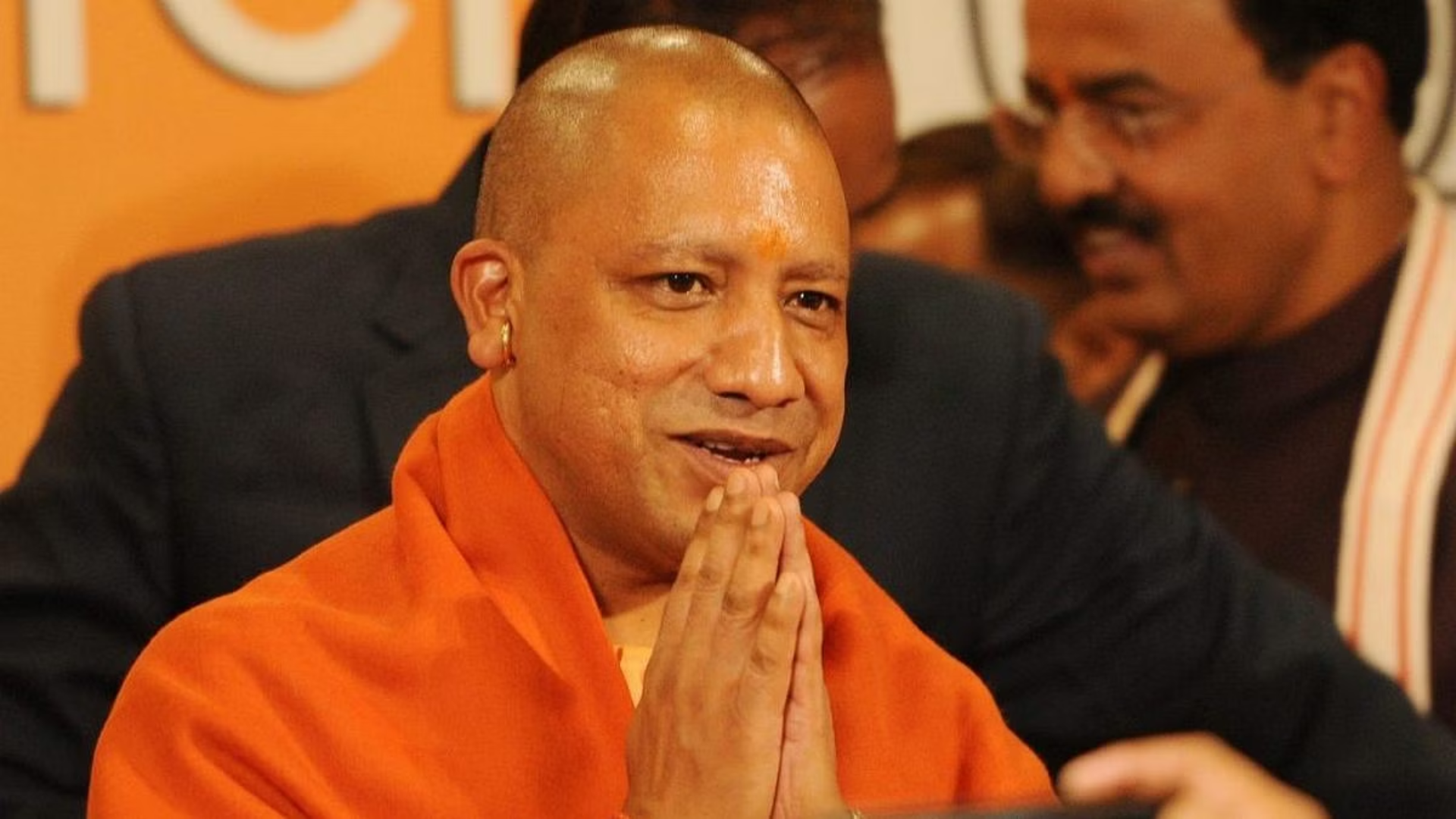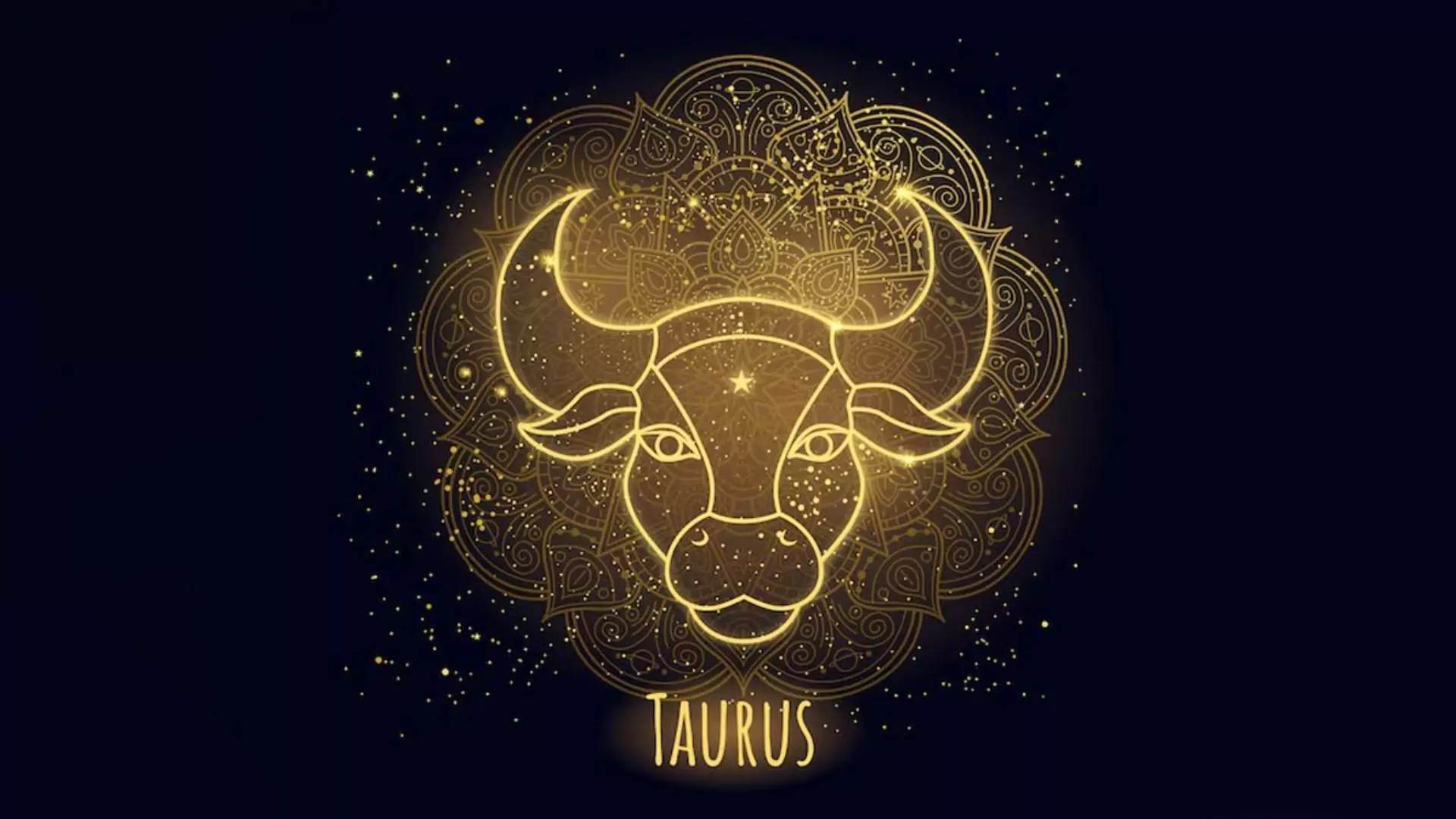As the world prepares to usher in the New Year 2025, a stunning celestial event is set to captivate stargazers. The Quadrantid meteor shower, which began on December 27, will peak on the night of January 2-3 and January 3-4 in India. Known for its brief but intense peak and frequent bright fireballs, the Quadrantids are considered one of the most spectacular meteor showers of the year.
Unlike most meteor showers, which have a two-day peak, the Quadrantids are renowned for their short, intense burst of meteors. According to NASA, this is because of the shower’s thin stream of particles and the fact that Earth crosses the stream at a perpendicular angle. During its peak, anywhere between 60 to 200 Quadrantid meteors can be seen per hour under perfect conditions.
This meteor shower originates from the 2003 EH1 asteroid, which is believed to be a “dead comet” or a “rock comet.” Typically, meteor showers come from the debris left by comets, but the Quadrantids are an exception, as they are tied to an asteroid. Meteor showers occur when the Earth passes through the debris left behind by a comet or asteroid, creating the dazzling streaks of light that we observe in the night sky.
What Makes the Quadrantids Unique?
Named after the now-obsolete constellation Quadrans Muralis—first introduced in 1795 by French astronomer Jerome Lalande—the Quadrantids have an interesting history. The constellation itself is no longer recognized by the International Astronomical Union, but the meteor shower continues to capture attention every year.
Although the Quadrantid meteor shower is active until January 16, 2025, the peak viewing time in India will fall on the night between January 3 and 4, 2025. It is expected that between 80 and 120 meteors will be visible per hour during the peak hours.
When and Where to Watch in India?
In India, the best time to watch the Quadrantid meteor shower will be during the early morning hours of January 3 and 4. Sumit Srivastava, a senior scientific officer at the Indira Gandhi Planetarium in Lucknow, confirmed that the meteor shower will be visible in the city during this time. The planetarium has also arranged for telescopes to be set up for public viewing, allowing the public to experience the celestial event firsthand.
The Quadrantids are best observed in the Northern Hemisphere, where the shower is more prominent. In cities like Lucknow, skywatchers can expect optimal viewing conditions, provided the skies are clear. The meteor shower’s visibility will be significantly enhanced during the peak hours when the Earth crosses the stream of particles at the perfect angle.


















